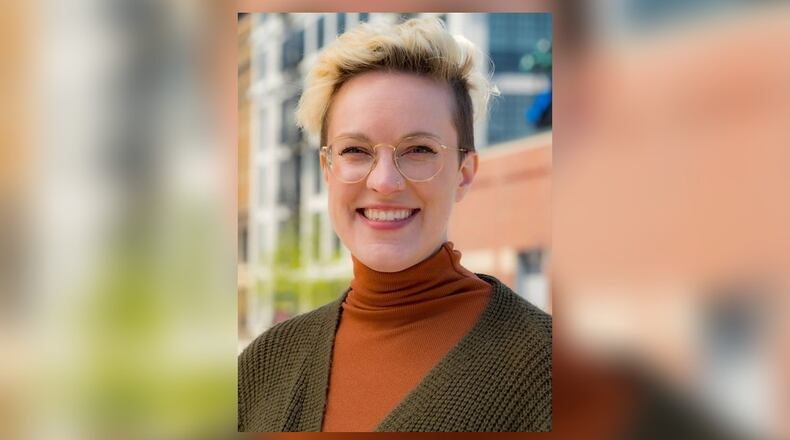If science has shown that the implications of lacking connection are so dire, then what is the solution? I won’t solve all of society’s problems today, but I do think I have a piece of the puzzle and that is the “third place.”
Ultimately, third places are the spots that build communities. People from different walks of life gather, creating what is called “social friction.” But because it’s easy to be in these spaces, and because conversation is paramount, what is called “social bridging” occurs, where we connect with people despite social labels that typically divide us. That, in turn, builds social capital and social networks that help strengthen our communities.
This may sound theoretical, but I am lucky enough to work at one of our community’s third places, the Levitt Pavilion Dayton. Every weekend throughout the summer I witness folks from every walk of life gather without paying a cent and build social capital, strengthening our community.
The Levitt has no fences or tickets, ensuring everyone is invited and can come and go as they please, for free. It is centrally located, allowing easy access. Folks become regulars and welcome new audiences. Laughs, smiles and hugs are seen at every concert.
But is music or conversation — the defining factor of a third place — king at the Levitt Dayton? Stay after a concert and witness what happens. People don’t leave. They turn their chairs around and keep their conversations going, talking for hours, sometimes even after the staff leaves.
One night one of our regulars approached our executive director asking for a word. Instead of a suggestion or question, however, she said, “This place is really special.”
Credit: CONTRIBUTED
Credit: CONTRIBUTED
You see that night she had a conversation with a person she had never met before. She said had it not been for the Levitt she would not have met this person, sat on the brick wall, and talked about the deep topic they conversed about. But she said she learned something that night. Her heart had been opened in a way she hadn’t expected.
That’s a third place.
There are many in our community — parks, libraries, neighborhood coffee shops. I encourage you, reader, to find these spaces and I encourage all of us to intentionally create and nurture them and ask, “Who is being turned away?”
How can we as individuals ensure that everyone has access to thriving third spaces? Through my work over the last six years with the Levitt I’ve learned it comes down to being intentional with two things: people and partnerships.
First, we must get to know each other on a personal level. Intentionally seek out people you wouldn’t have interacted with before and get to know them. This helps us break down our own implicit biases and then allows us to listen to understand. Maybe we are creating our spaces in a way that is making a group in our community feel unwelcome or uncomfortable. We won’t know until we ask and truly listen.
Second, we must rely on partnerships. I always say that it takes community to build community. We cannot serve from a silo. When we partner with other folks and other organizations from different areas, we can make a much larger difference and we will find new perspectives that never occurred to us.
A community thrives when we all thrive. When I picture the future it’s a society of joyful third places where all are welcomed and celebrated.
Madeline Hart is the Levitt Pavilion Dayton Director of Marketing and Communications.
About the Author

